Alternative Writing Systems
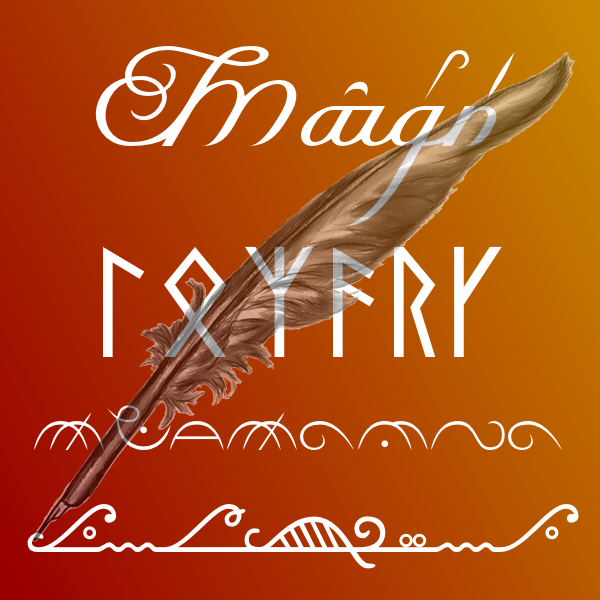
There are those for whom writing is an art rather than a necessity. They find serenity in the calm orderliness of beautiful lettering, a peaceful satisfaction in the elegant sweep of a Copperplate capital, and a deep appreciation for diverse forms of writing, from the tranquil brushstrokes of traditional Chinese calligraphy, to the imaginative appeal of a fantasy inscription. As with fonts, each different form of writing carries its own mood and flavor, and suggests its own cultural and historical context, whether real or imagined.
Most people give very little thought to writing systems. We learn one — the Latin Alphabet, for English speakers — and that suffices for all of our everyday needs. Yet a single language need not be constrained to just one writing system. Braille and Morse Code, for instance, are two familiar examples of alternative ways of representing our alphabet.
J.R.R. Tolkien was very fond of languages. He created the Tengwar writing system to represent his Elvish languages. It is also possible to use Tengwar to write English, should you be so inclined. And why not, indeed? Would you like to be able to write in a style that looks Elvish, yet in reality is perfectly understandable English? This, of course, leads us to the broader question:
Why would you want to use an alternative writing system?
- Well, first, and most importantly... Because it's fun! And it makes everything you write look really awesome!
- To keep your notes and journal private
- Secret correspondence with a special confidant
- Artistic projects featuring inscriptions from other civilizations
- Creative writing involving fantasy cultures
- Role-playing games!
- Anything else your imagination can dream of!
The beauty of using one of these systems is that it allows you to create “foreign-looking” text without having to learn a foreign language. It's not easy to become fluent in a foreign language. Trust me, if you're keeping a journal, you do not want to have to take the time to first translate your thoughts into another language before you can write them down!
Here, then, are five writing systems that may be used to represent Engligh:
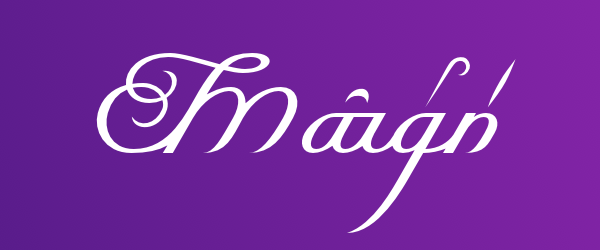
Carogine
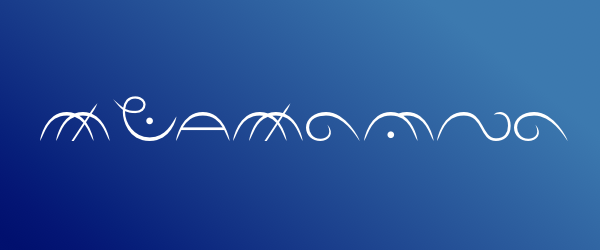
Erwendine
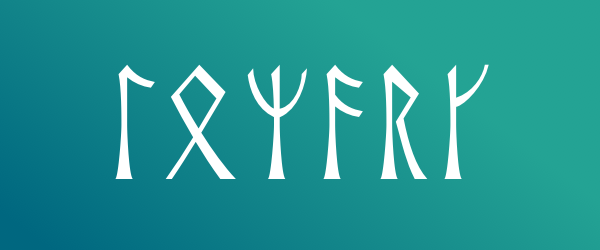
Lozark
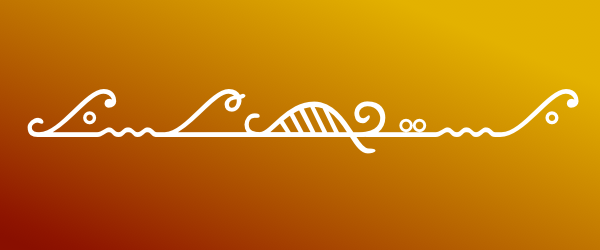
Vinglyph
Click on the name of any of the scripts above to learn more, or check out this Quick Reference Chart to get an overview of the phonetic scripts. To see a comparative text sample in all systems, take a look at this Rosetta Poem.



